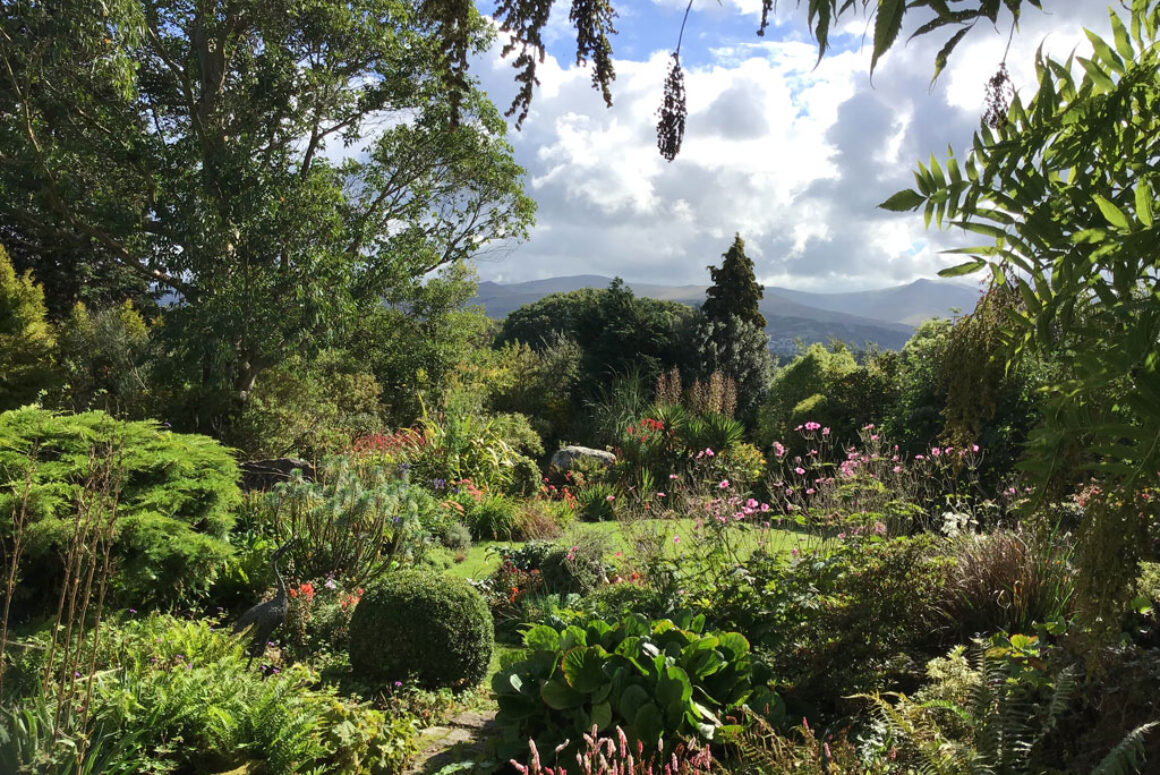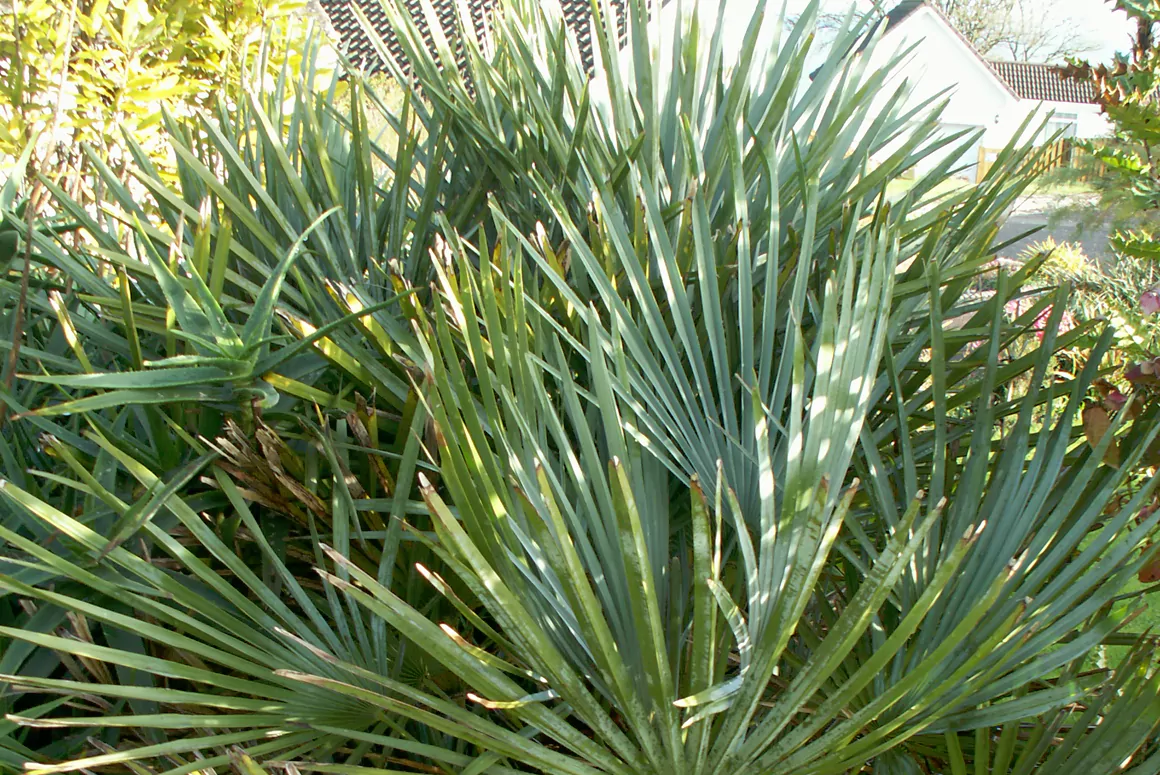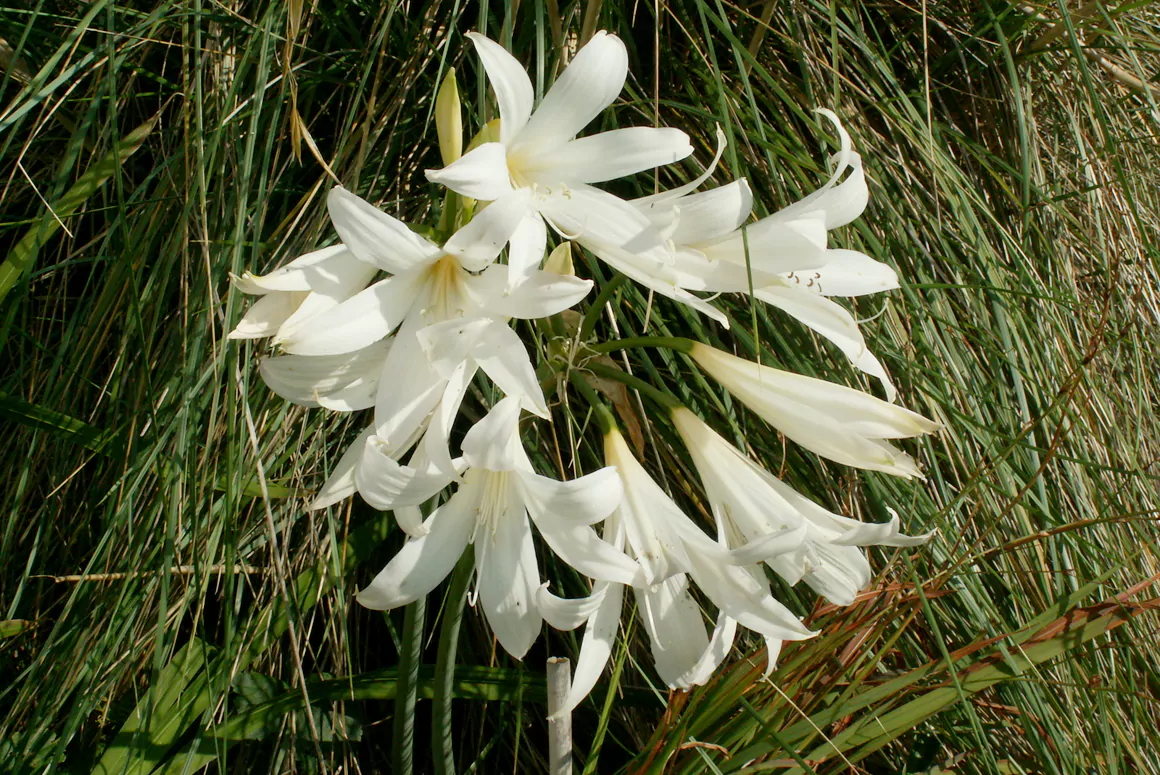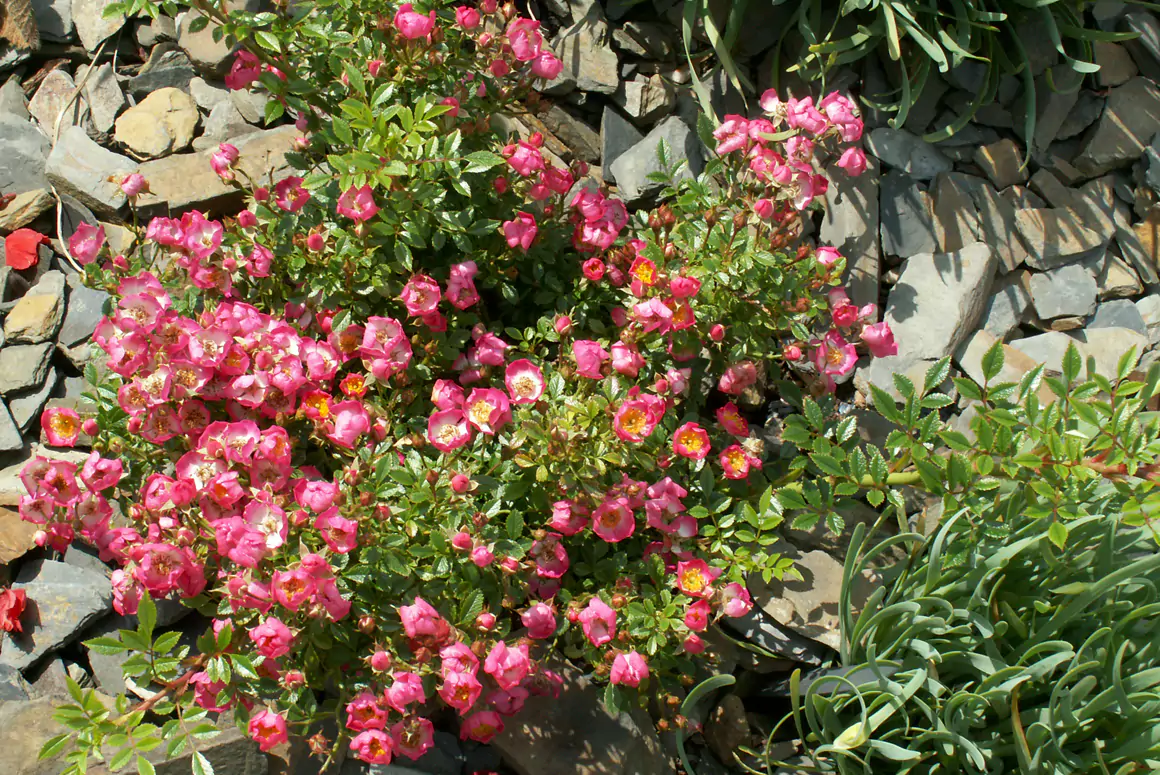![]()
It feels unusual to be contemplating winter, since at the time of writing in late September, we are experiencing a fleeting heatwave and are sadly, still in the midst of the pandemic. Whilst I cannot pretend that winter is my favourite season, its arrival is tempered by the anticipation of spring and the abundance of spring bulbs that lie ahead.
However, I do not have to wait until next year for my first snowdrop! Galanthus reginae-olgae, otherwise “Queen Olga’s snowdrop”, invariably flowers for me in October. Discovered in the Greek Peloponnese and named after their queen, this little bulb is as easy to grow as most of its genus, requiring dryish summer conditions helped by good drainage and occasional feeds of bonemeal. It is reputed to be less hardy than other species, however I have grown it for many winters without loss.
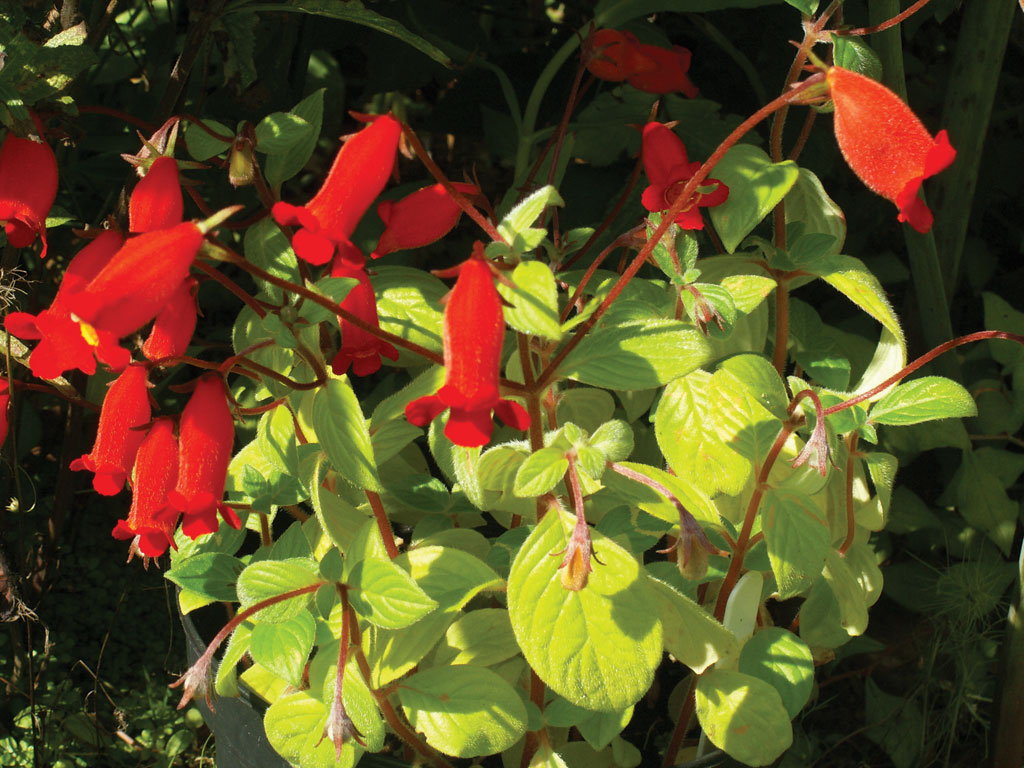
Gesneriads are generally considered to be tropical and subtropical plants including african violets, gloxinias and streptocarpus. However Keith Brown, late of Llangadog, a dear friend and brilliant plantsman, introduced me to Seemannia nematanthodes ‘Evita’, a member of this family originating in South America. Growing at altitudes up to 1500 metres and multiplying by surface stolons, this amazingly beautiful little plant has astonished me by overwintering easily with minimum protection. It appears frequently in June or later and its glowing red flowers light up my rockery area as an early autumn highlight.
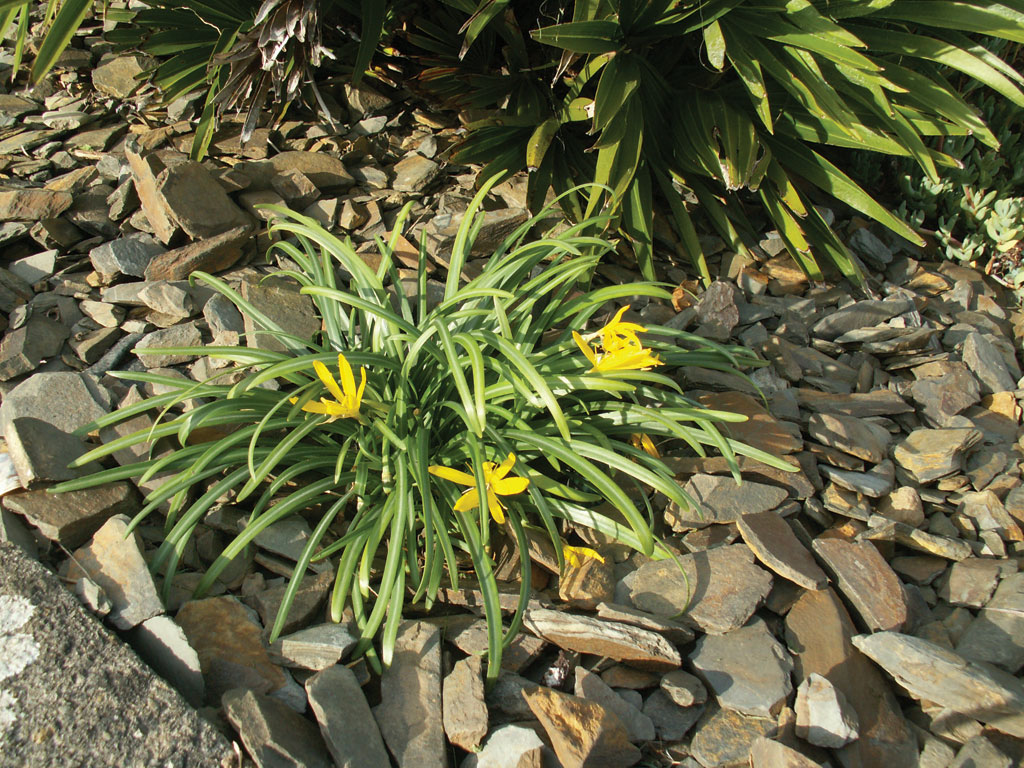
Autumn flowering Sternbergia lutea resembles a large yellow crocus, but is more closely related to narcissus, and is widespread throughout Europe. It is the most available of the genus and often found as packaged bulbs in garden centres. Its relative Sternbergia greuteriana is smaller in stature and I think daintier and more elegant. As easy to grow as S.lutea it merely requires a sunny position with good drainage and a reasonable soil. It will need to be sourced from online specialist nurseries.
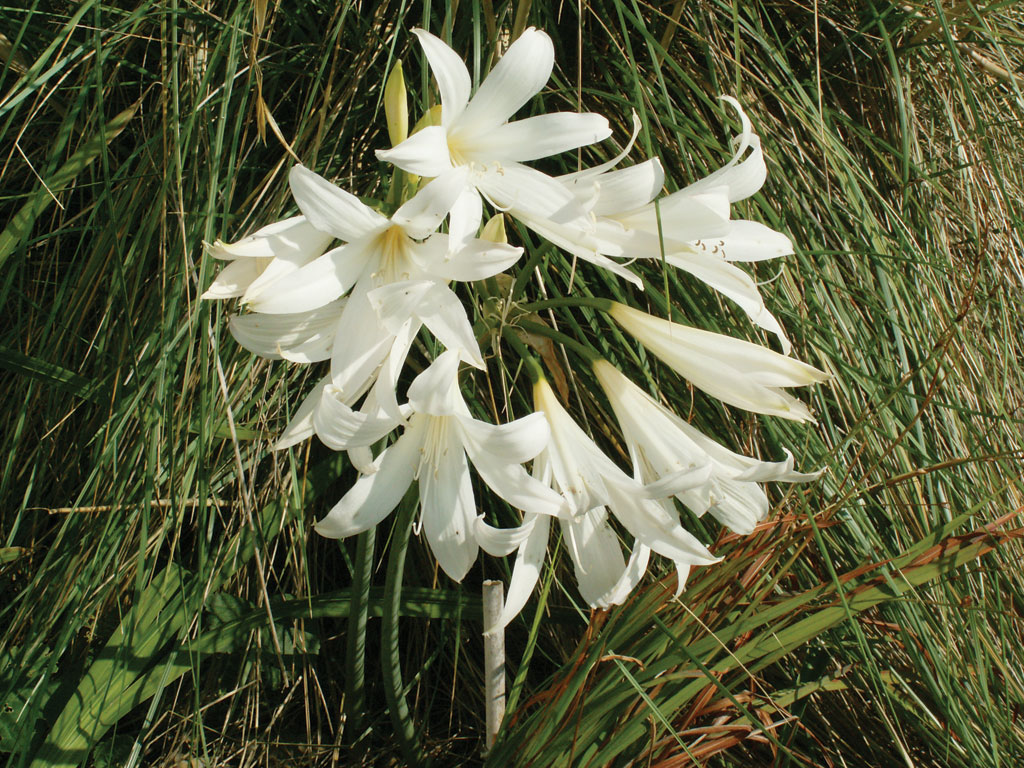
On a totally different scale is Amaryllis belladonna, a large South African bulb, which in its typical form has a 2 foot spike of trumpet flowers in September. My favourite form of this plant is appropriately called ‘Alba’ since it is completely white. ‘Alba’ is as easy to grow as the type, requiring well drained soil, a sunny position and occasional feeds of bonemeal. Beautifully fragrant it makes a wonderful cut flower, scenting any room.

With all the vagaries of the British weather, it is perhaps not surprising that at this time of year there is a dearth of gardens open under the National Garden Scheme. However, Jennifer Rickards and John Evans at Llys-Y-Gwynt near Bangor are the exception to the rule, being prepared to open from July to December. The rambling 2 acre garden sits harmoniously in beautiful surroundings with magnificent views of Snowden. On an exposed site, it includes a large bronze age burial cairn. The garden has been designed to cope with the wind in various ways. The wandering paths, levels and plantings create shelter, interest and microclimates which lead to varied ‘rooms’ featuring ponds, a waterfall, a bridge, and rockery. The use of local materials and crafts add to the harmony. Planted for year round interest and wildlife. A good children’s garden!
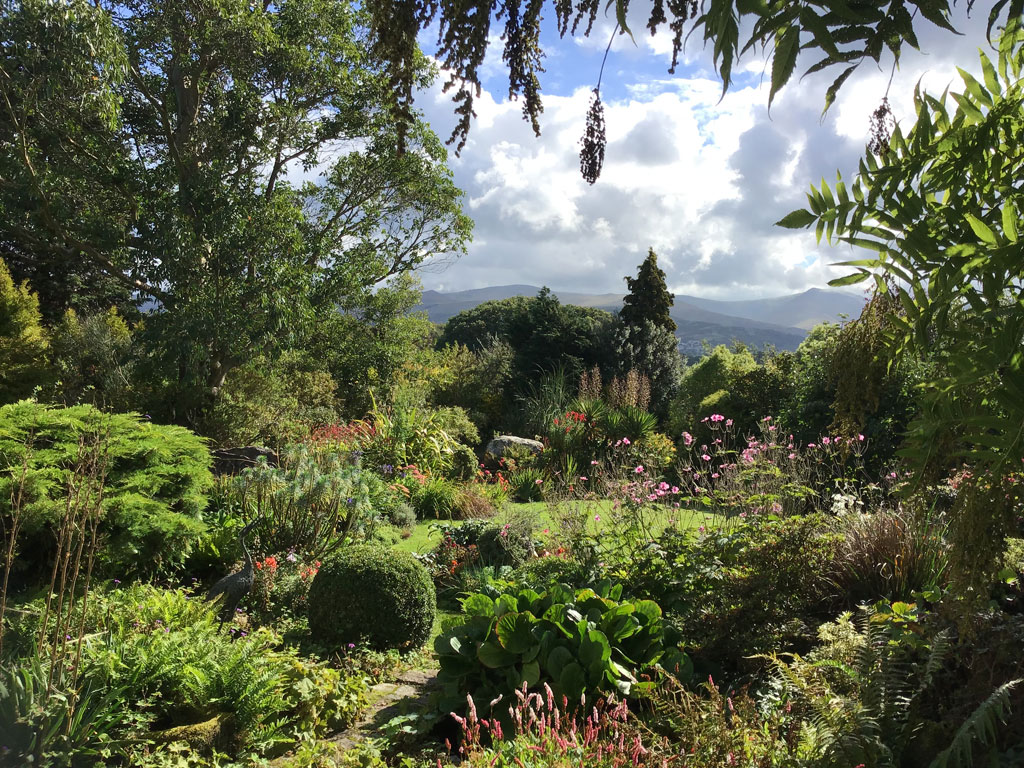
The ‘lockdown’ and its subsequent restrictions has had a devastating effect upon the finances of the National Garden Scheme and consequentially its beneficiaries including, Horatio’s Garden. However, one year after its completion, the Garden at Oswestry is flourishing. Imogen Jackson, the head gardener describes how “The marvellous magnolia tree dominated the view through March and April, underplanted with comfrey which was buzzing with queen white tailed bumblebees.” Subsequently “Autumn has seen masses of beautiful dahlias, Japanese anemones, red cosmos and a small crop of delicious apples and pears from our young espaliered trees.”
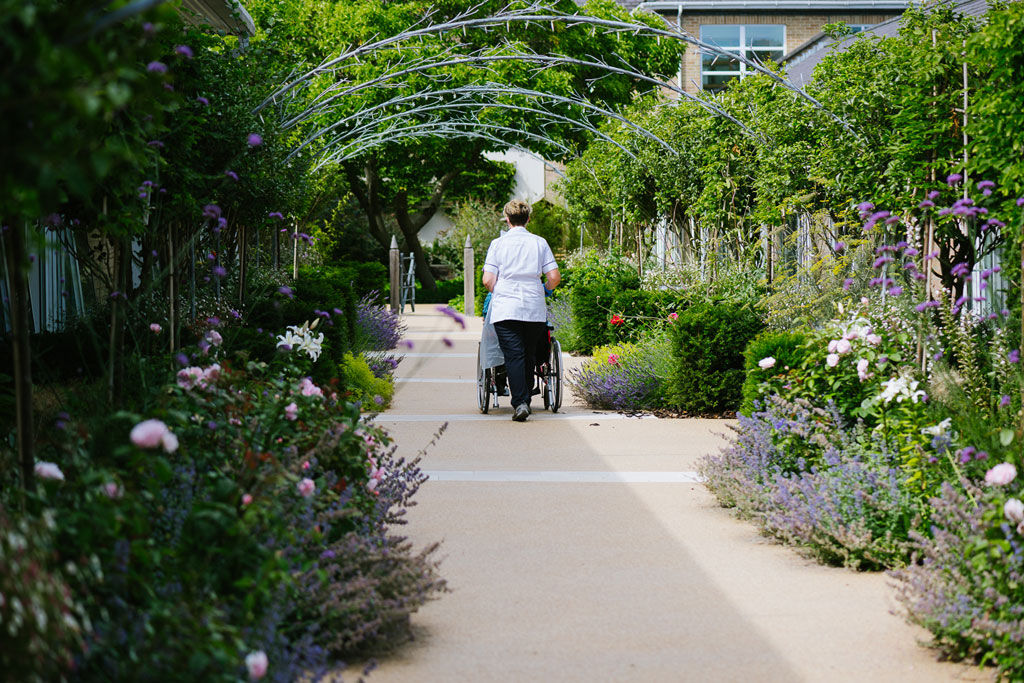
Patients and visitors alike were overjoyed to have such a garden to sit or lie in, to chat, rest, exercise or just to be and enjoy the abundant birds and wildlife. When the lockdown came, no visitors were allowed and the rest of the hospital became out of bounds. Without the Garden patients would have had no privacy, nowhere to escape their limited bedside area and nowhere to learn essential wheelchair skills. It has become a place of tranquillity and hope. A real sense of camaraderie and support has been seen like never before.

Further south in Cardiff, the charity has been busy planting hope with their sixth garden, Horatio’s Garden Wales. This latest garden will be in the Welsh Spinal Cord Injury Rehabilitation Centre, part of a new unit at University Hospital, Llandough. Award winning designer Sarah Price has been occupied developing her gorgeous and naturalistic design, incorporating the features that were most important to patients, families and NHS staff.
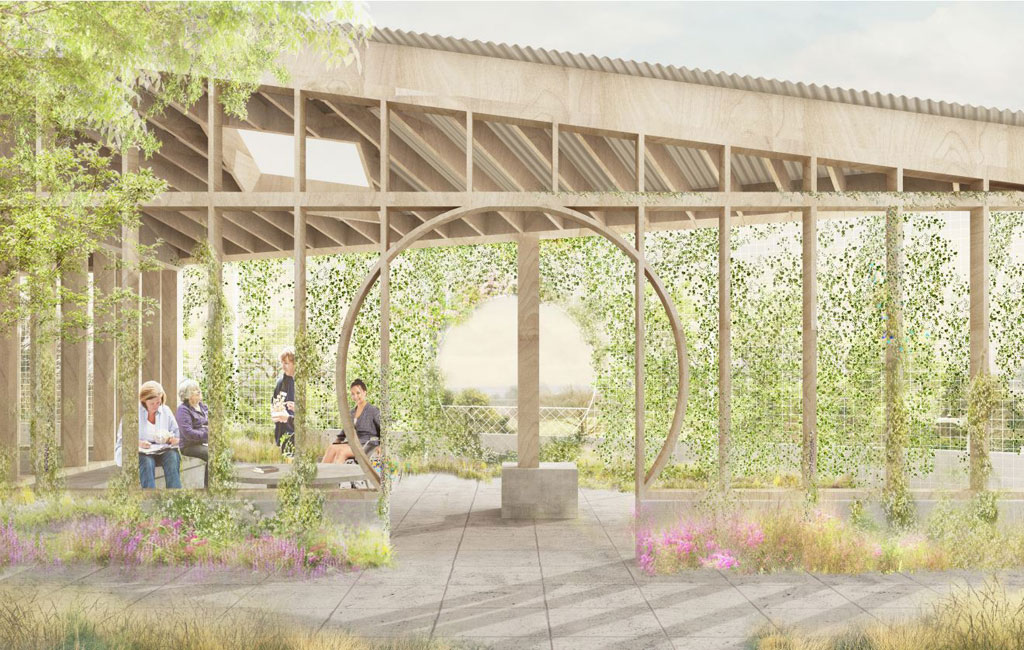
All the while, the team have been busy raising vital funds for the capital appeal which was launched in November 2019. It is a testament to the kindness of Welsh supporters that they have already raised 80% of the funds required. The response has been incredible but the charity still needs your help to raise funds to reach its target and create a garden sanctuary by summer 2021, marking a new Welsh chapter in Horatio’s Garden story.


